Exclusive: Soko Glam’s Charlotte Cho on bringing K-beauty into the mainstream and Then I Met You’s Malaysian debut
The business of beauty
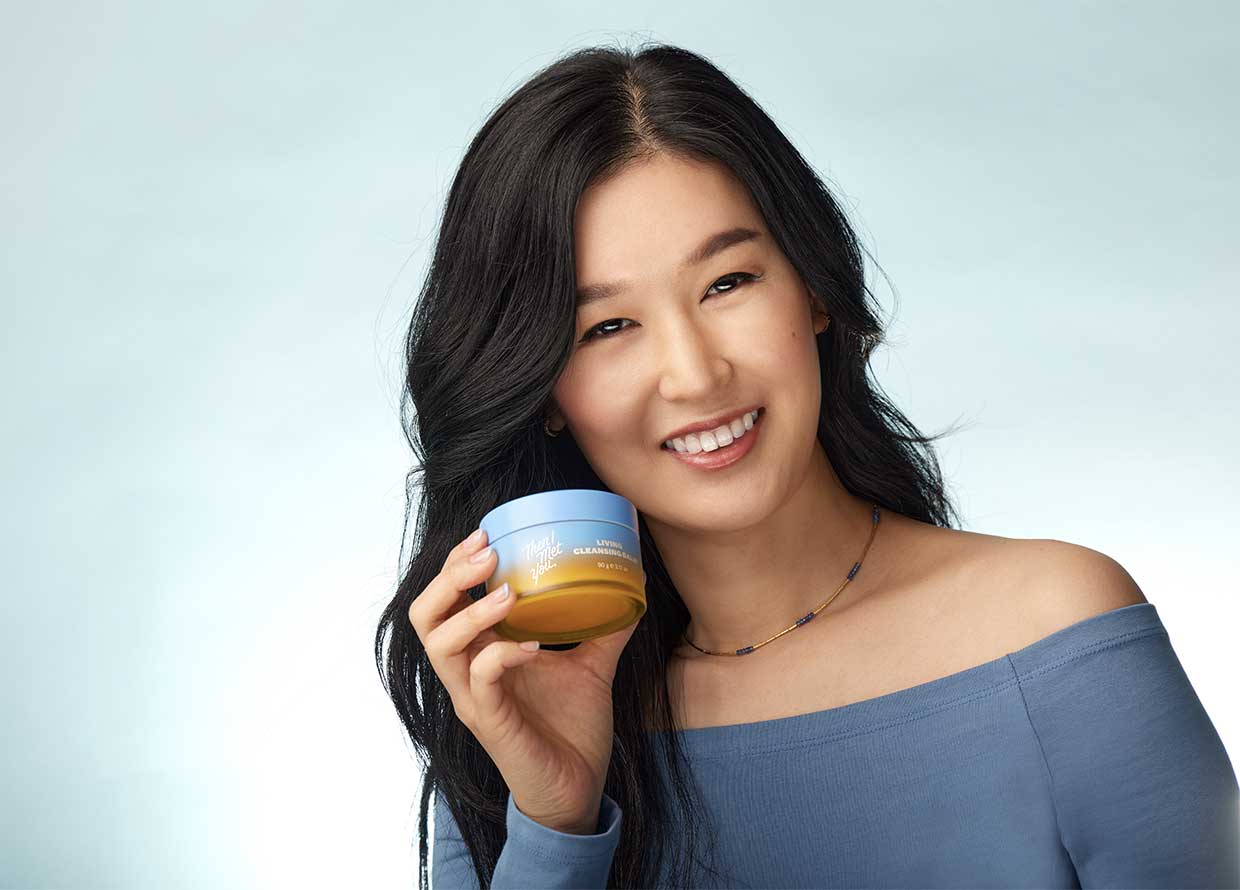
You may not know Charlotte Cho by name just yet, but you’ll be familiar with her impact. Credited as the mother of the K-Beauty boom, Cho got her start in the beauty business by founding the wildly popular US-based K-beauty retailer Soko Glam, bridging the gap in the beauty industry between the East and the West. From there, Cho would coin the ‘10-step skincare routine’, a trend which would go on to dominate the Western market, as well as catapult K-beauty into the mainstream.
Now, almost 12 years on, Cho is a two-time best-selling author, a licensed esthetician, and the founder of her own K-beauty brand, Then I Met You. In fact, her skincare label is set to launch at Sephora Malaysia this April—suffice to say that at just 38 years old, Charlotte Cho is beyond accomplished. With her fingers in so many pies, one wonders how one navigates the entrepreneurial path so effortlessly.
Fortunately, you won’t have to wonder long—we sat down with Cho over a mellow cuppa to learn about her journey and the entry of her label, Then I Met You, into the Malaysian market. Read the full exclusive below:
WATCH: Charlotte Cho’s three skincare secrets to know
View this post on Instagram
Let’s start right at the beginning. What sparked your interest in skincare?
“I went to Korea after college while working for Samsung’s PR department. I actually had zero interest in skincare at the time—I barely washed my face at night, I did not moisturise or exfoliate, and I didn’t know what an essence was—but then my friends in Korea came over to my house and basically schooled me. They taught me everything I needed to know.
“I got started on my double cleansing journey and I fell in love with it because I saw the results. I didn’t really understand the science behind skincare at the time, but I eventually went beyond just double cleansing. I learned about the multiple steps that Koreans like to take in their skincare, which I then coined as the ‘10-step skincare routine’ in the US. I basically wanted to start Soko Glam because I wanted to share what I had learned with people in the US.”
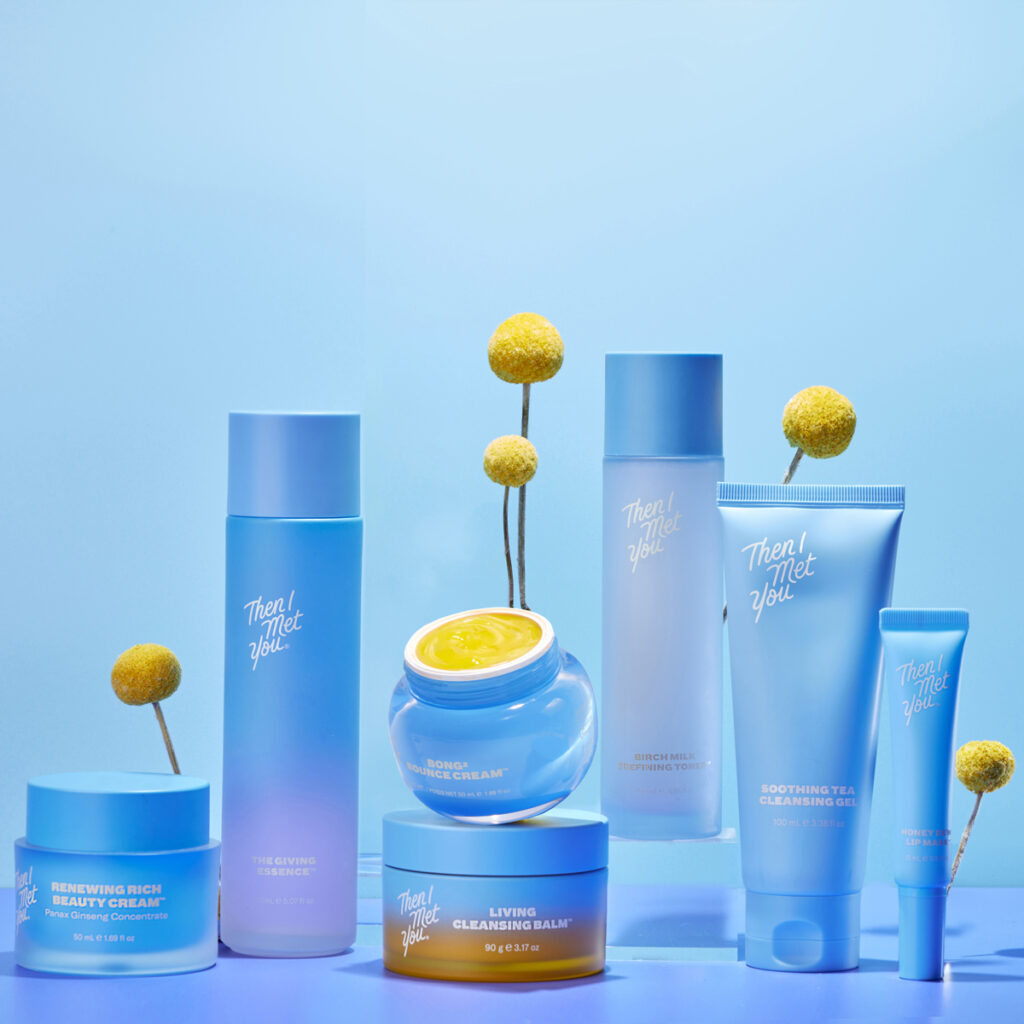
Let’s clear this up once and for all: Do you think a 10-step skincare routine is actually necessary?
“When I coined the term, the concept of the 10-step routine was not meant to be taken literally. I mean, who is going to use a sheet mask every day? It was meant to describe the potential steps that a Korean girl can arm themselves with for good skin. There are, of course, some days when people do have 10 steps in their routine because they want to pamper themselves, but it’s not a necessity for every day!
“The concept went viral because it was such a unique and novel idea at the time. And, because it worked—I mean, if you’re going to layer that much moisture on your skin, you will see fantastic results! It wasn’t just a gimmick. It’s not practical for every day, but it opened up the conversation about skincare as a whole in the West, which is why it blew up.”
When you created Then I Met You, there was already such a huge hype behind it. What made you realise it was the right time to launch it?
“The natural progression for a retailer is to have your private label—but it took around five years for me to feel ready for it. There was demand for me to start my own skincare line from the very first year of Soko Glam’s life, but I wanted to make sure that I fully understood what I was getting into first. Remember, I wasn’t from the beauty space. So, before I even thought about launching a line, I got my esthetician licence. I did several collaboration products with Cosrx and Neogen so I could get an understanding of how product development worked. Then after that, I was like ‘Okay, I’m ready’. That was five years into Soko Glam.”
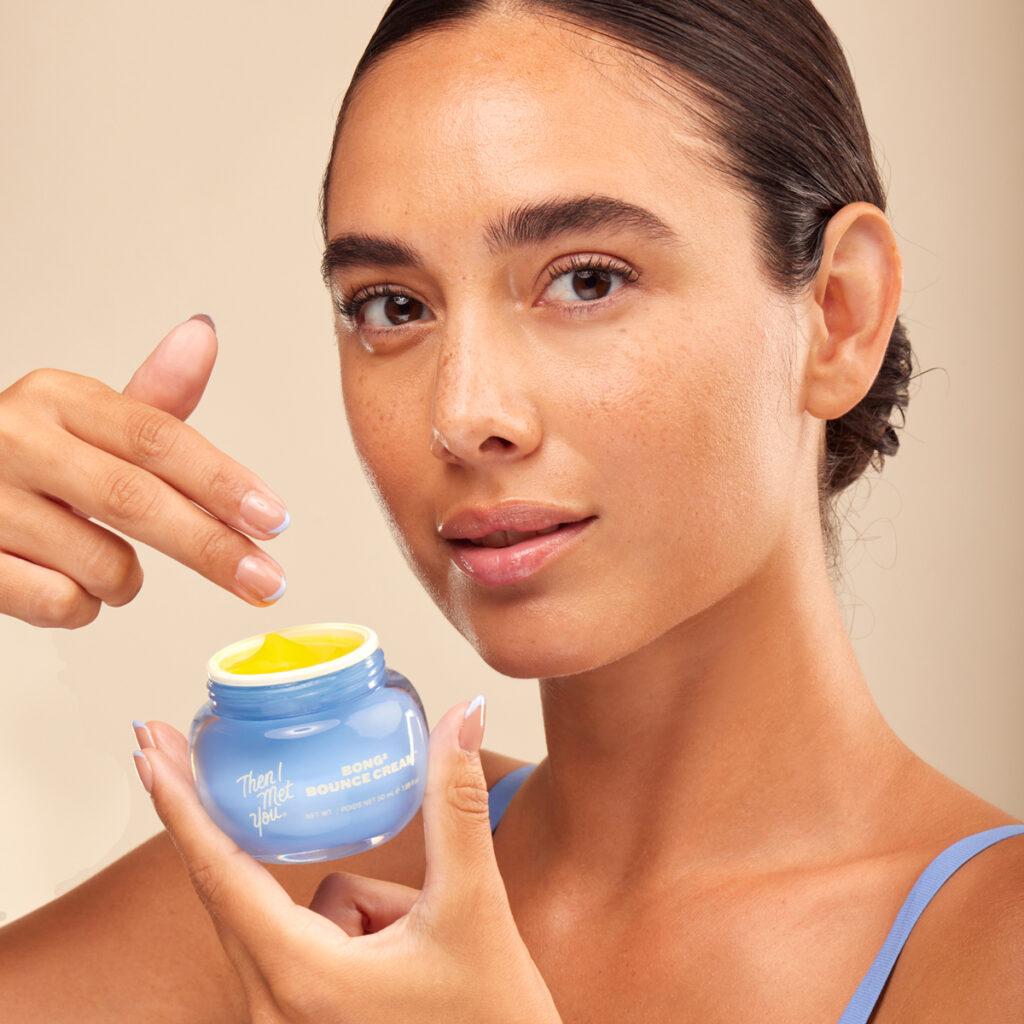
You’re the best-selling author of ‘The Little Book of Jeong’—could you walk us through this concept and how it has guided your entrepreneurial path?
“Jeong is a Korean word. It’s hard to describe or put into words because it’s something you feel. But every Korean person knows about it. I tried to define it in The Little Book of Jeong. It’s essentially a deep connection you can have with someone or something—your partner, your family members, a place or something special to you. For example, I ended up having jeong with Korea, and that’s what motivated me to create Soko Glam. It then pushed me to create the Then I Met You line because it tied me to my Korean roots. That jeong is something that I wanted to talk about because it’s so part of Korean culture. I have been guided by jeong, throughout my career and personal life.
“You’ll notice that Then I Met You is not a typical brand name. It was just me again, wanting to infuse jeong into this concept. I feel like this name represents a turning point in your life, where something happened that changed you for the better. It kind of signals a shift. I’m hoping that people who try this product feel this emotional connection and think about their own personal jeong. Skincare is a ritual, it’s a time for self-care and reflection—and so I wanted something that sat on your vanity to mean something more than just ‘Charlotte Cho’s skincare’. I wanted it to evoke thought and emotion.”
You entered the skincare space at a time when knowledge wasn’t really that accessible. Now, every skinfluencer is an ‘expert’. How was that to navigate? It’s a very saturated and difficult market to break into now, but it must have been tough to pave your way through the industry.
“In all honesty, I think that it’s harder now to cut through the clutter. When we started Then I Met You, it was less saturated. Everything that Soko Glam talked about or that K-beauty would bring to the table would become viral because it was very exciting. But, over time, things got a little muddy when people started making Korean products for their non-Korean beauty brands—essentially, the word ‘K-beauty’ has become blurred over the years. I think that there are going to be a lot of brands that come into the conversation, but that a lot of them will not survive. And I think at the end of the day, it’s about a long-term game—making sure that the product stays true and that the intentions are true.
“What I love about Then I Met You is that it’s been a very intentional journey. For example, it’s five years old, but we only have nine products. That means we launched about two products a year, which is very little compared to what other brands can do. I think that intentionality is felt by our community. It gives them a chance to actually get excited when we launch something.”
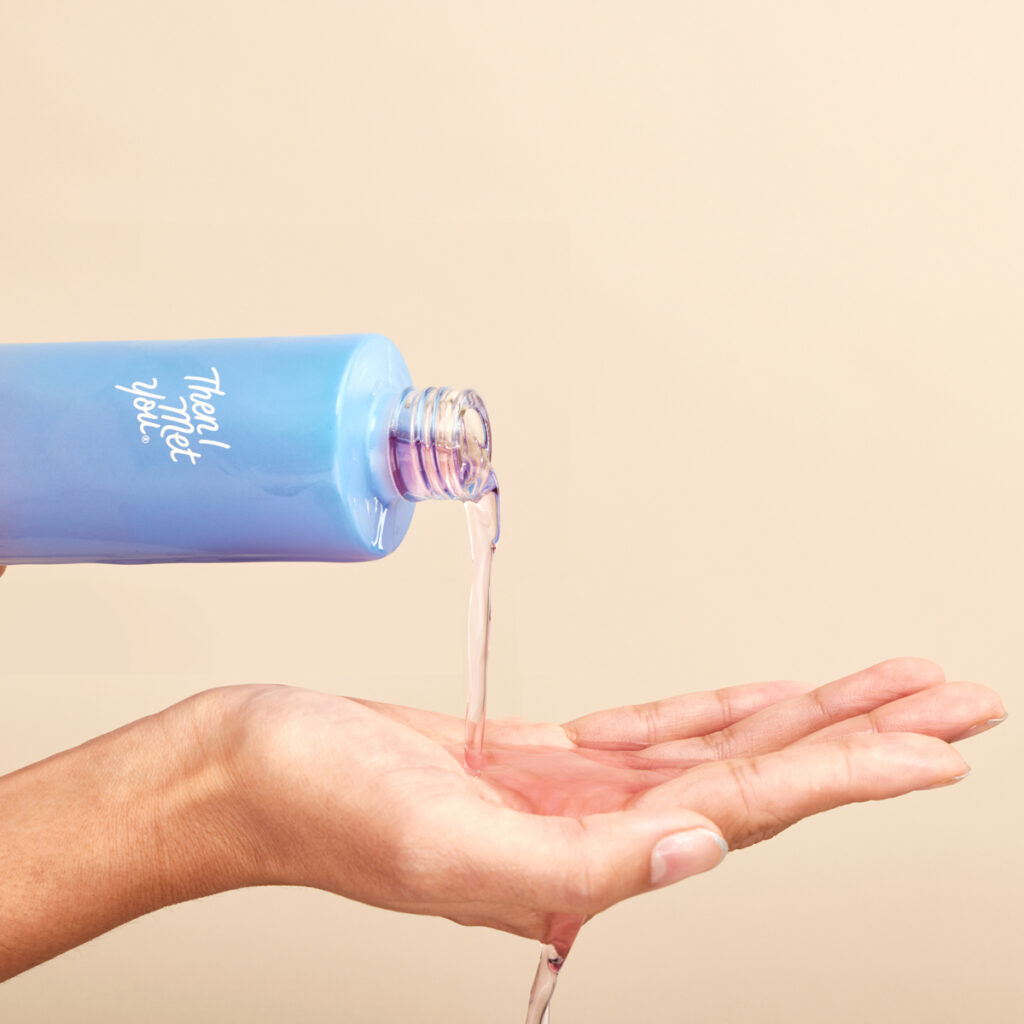
Your brand’s global debut is on the horizon, but you’re still yet to launch in Sephora or Ulta in the US—why hold off on expanding within the US for so long?
“As for expansion, we’ve definitely taken the unconventional path. Most brands get really popular in the US through a retailer like Ulta or Sephora, and then they go global. But for us, it’s very unique—Then I Met You is already on a US-based platform, Soko Glam. Obviously, it’s not as big as Sephora or Ulta, but we already had a channel.
“Sephora actually wanted Then I Met You right away, but I was a little daunted by the fact that we had just launched and we didn’t know the reaction from our community yet. We’re not backed by venture capital and we don’t have investors, so we just weren’t ready. It’s only now, five years after we launched on our site, went into Soko Glam, Cult Beauty, and Amazon and built up our name that we are now in Sephora in five markets—Singapore, Thailand, Philippines, Hong Kong and Malaysia.
What did the logistics of launching Soko Glam involve?
“You’d be surprised at how easy it was to set up shop. I literally bought a digital camera to take all of these ugly product pictures for our website—we had no graphic design skills or freelancers working for us, so we just literally put stuff together on Microsoft Paint. I mean, when we started Soko Glam, the bar was very low. First of all, no one was doing anything like it, so there was less competition. Websites were also just starting to get easier to make on your own without a developer and engineers. All I had to do was plug and play.”
If you had to pick just three products from the line, what would they be?
“First is, of course, the Living Cleansing Balm. Many many hours and years of heartache went into developing a formula like this. It’s truly innovative and unlike anything else on the market. Friends working for different brands have told me that they’ve tried and failed to reverse-engineer the cleansing balm—it’s just in a league of its own.
“The Birch Milk Refining Toner is another one of my favourites. I didn’t even intend for this to fix my hormonal acne, but something about this 80 per cent birch milk chemical exfoliant toner really cleared up my skin. Every time I would stop using it, it would come back. And it was funny because when we launched this product, I didn’t market it as an acne cure. I thought that my personal story might be a fluke, but then all of these reviews came in saying it helped others clear their acne too—it was just really cool.
“Lastly, we have the Bong2 Bounce Cream, which hasn’t even launched in the US yet! This is the first exclusive preview in Malaysia. It has a texture I’m sure everyone will love, especially in this hot weather.”
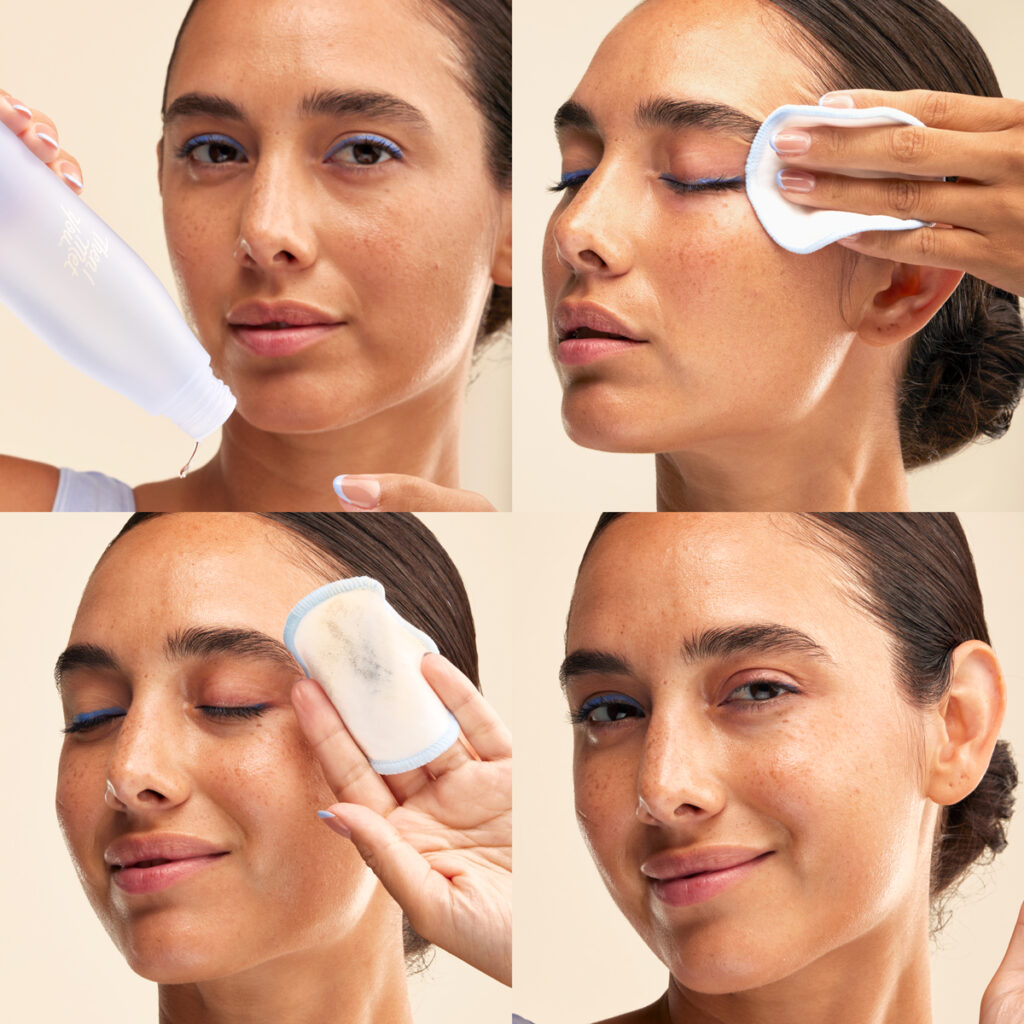
You have so many interesting ingredients in your lineup, how did you choose them?
“I touch and feel so many products and ingredients so I get inspired by them. But sometimes it starts from function—for example, I wanted this cleansing balm to be special. There is this misconception that cleansing balms just sit on your face for two seconds and then you wash it off. But this cleansing balm can be used as a mask or for gua sha because it is formulated with ingredients like antioxidant-rich seaberries.
“Also, I love the ancient rituals of washing your face with rice in Korea— I wanted to incorporate all those nostalgic stories of women in the countryside using rice water for their faces. I then added green tea and liquorice extract to create the Soothing Tea Cleansing Gel. I wanted the balm to nourish and the cleanser to refine. Everything is based on what I want each product to tackle at each step of the routine.
“Ultimately, Korean beauty is not really about acids or retinol. So, when I created my line, I wanted to incorporate my Korean background, but also my American background. I want some kick in my products—I’m 38, I don’t want something that just hydrates. I wanted an acid toner that was gentle enough to use every day or every night, an essence with a galactomyces ferment filtrate base and five per cent niacinamide active, and a lip mask with lactic acid in it to soften up your dead skin cells. Everything in the line has a kick to it, so it’s more effective than just hydration, which sets it apart from most other K-beauty lines.”
What advice do you have for people looking to break into the business?
“Differentiate yourself in the market. It seems like common sense, but I think a lot of people try to copy the things that they get inspired by, rather than creating or innovating. That’s not going to survive. You can never copy someone else’s playbook and succeed. You’re not filling a void—you’re adding more to the clutter when you copy.
“For example, there’s a reason why Drunk Elephant is a successful brand. They literally brought the concept of clean beauty into the market. Whether or not you agree with it doesn’t matter—they coined it and made it a thing. The Ordinary did something similar with functional beauty. Just always make sure you’re differentiated. That’s the most important part of entrepreneurship.”
Then I Met You will launch in Sephora this April. For more beauty reads like this, click here.
| SHARE THE STORY | |
| Explore More |



